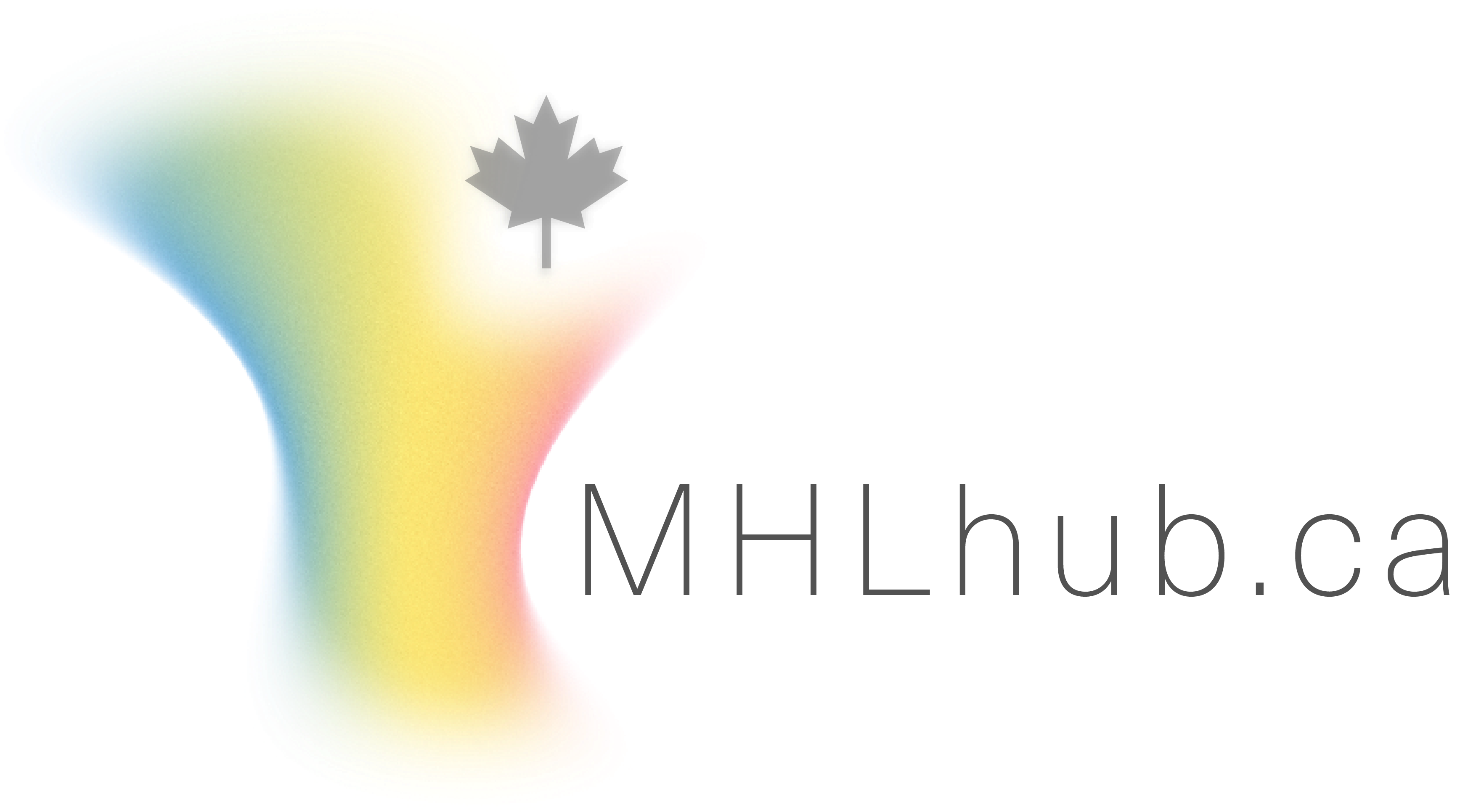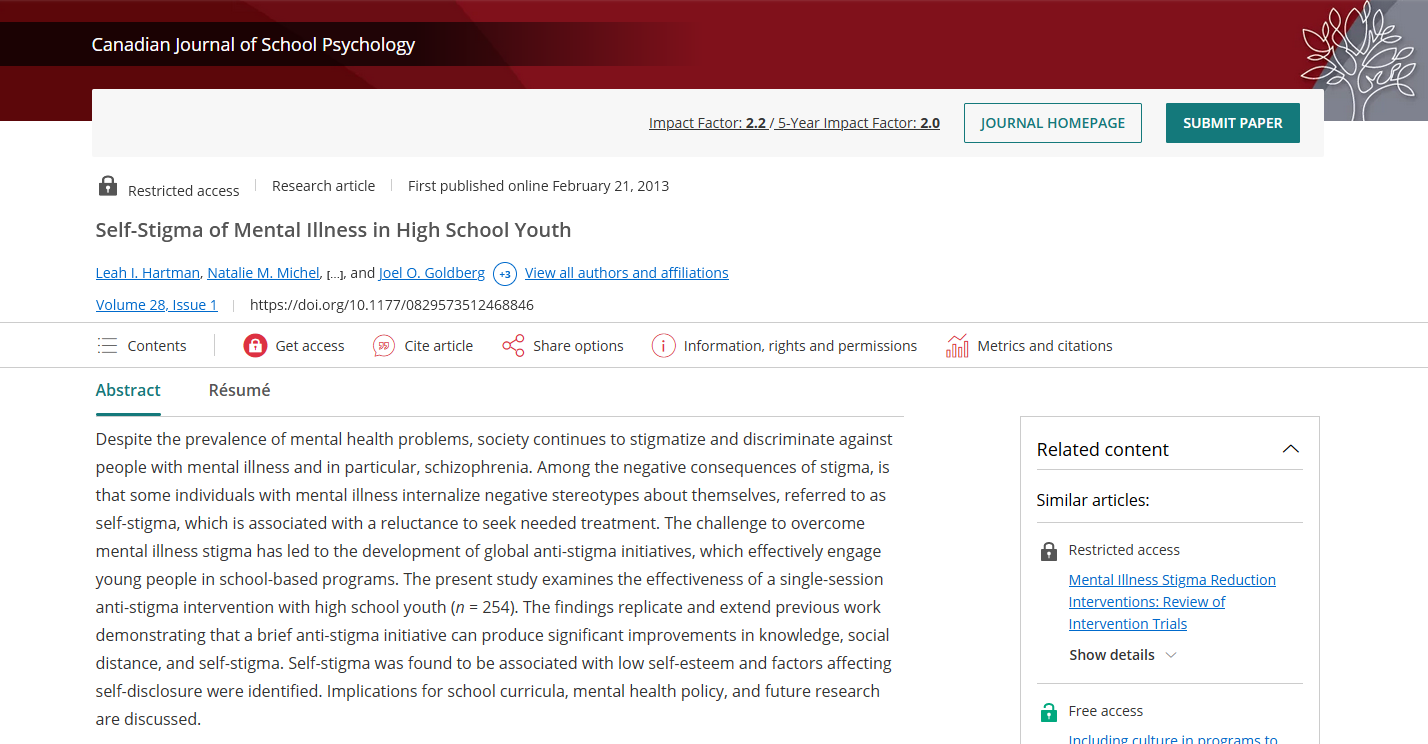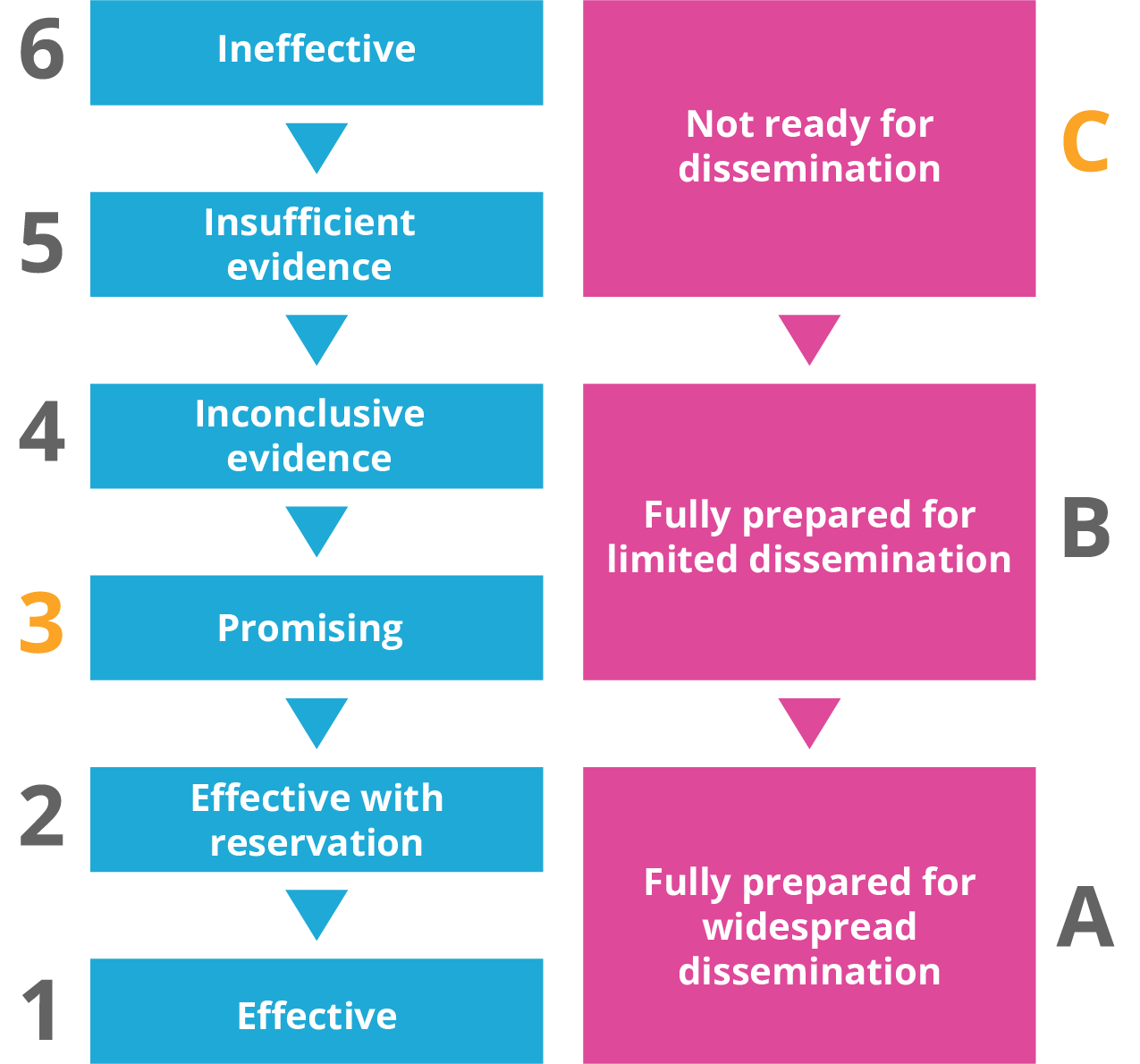Resource/Manuscript: Self-Stigma of Mental Illness in High School Youth DOI: 10.1177/0829573512468846
Developers/Authors: Leah I. Hartman, Natalie M. Michel, Ariella Winter, Rebecca E.Young, Gordon L. Flett, and Joel O. Goldberg
High School Self-Stigma Program
A brief intervention among Ontario students
“Among the negative consequences of stigma, is that some individuals with mental illness internalize negative stereotypes about themselves, referred to as self-stigma, which is associated with a reluctance to seek needed treatment. The challenge to overcome mental illness stigma has led to the development of global anti-stigma initiatives, which effectively engage young people in school-based programs. The present study examines the effectiveness of a single-session anti-stigma intervention with high school youth (n = 254) [in grades 9-12].”
This study was conducted in 2011. 254 students from five schools in the Hamilton Wentworth District School Board region participated by attending a 75 minute anti-stigma presentation.


